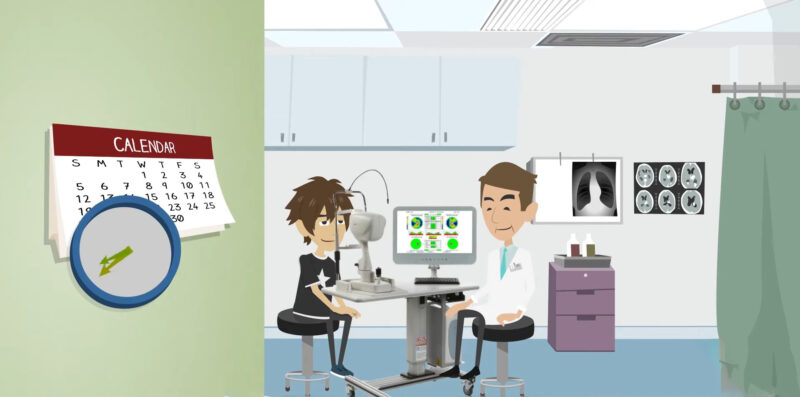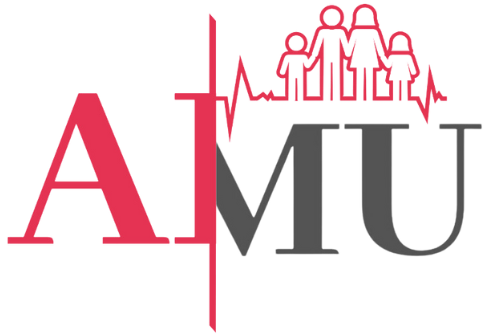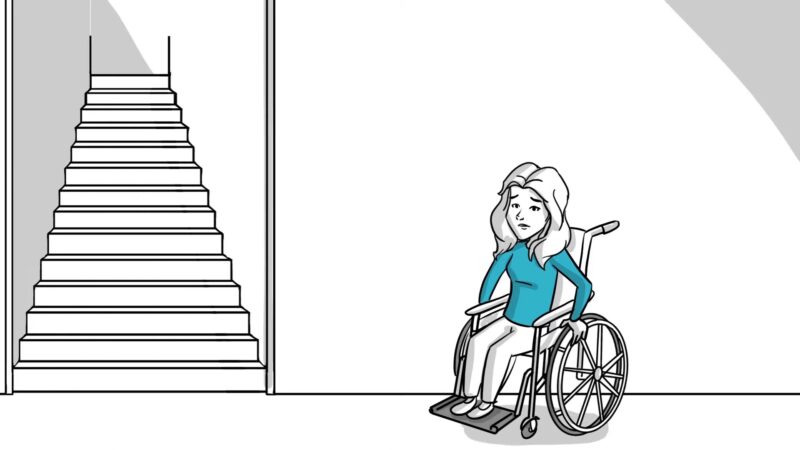Disabilities touch the lives of many, affecting not only the individuals who live with them but also their families, friends, and communities. Our aim is to provide a comprehensive guide that is both informative and accessible to all readers.
Disabilities have long been a topic of global concern, with over a billion people worldwide living with some form of disability. The International Classification of Functioning, Disability and Health (ICF) provides a framework for understanding disabilities, categorizing them into impairments, activity limitations, and participation restrictions.
The Definition and Scope
Disability is more than just a health condition. It represents the interaction between individuals with health conditions and societal barriers, such as negative attitudes and inaccessible infrastructure.
Overcoming these challenges requires a collective effort to remove both environmental and social barriers.
Global Statistics
Approximately 15% of the world’s population lives with a disability. This number includes both adults and children, with a significant portion facing severe functional difficulties.
The prevalence of disabilities is expected to rise due to aging populations and the global increase in chronic health conditions.
Symptoms
Recognizing the symptoms of disabilities is crucial for early intervention and management. These symptoms vary widely based on the type of disability.
Visual

Visual disabilities can range from complete blindness to low vision. Individuals with severe visual impairments may not perceive light or may struggle to count fingers even at close distances.
Speech and Hearing
Speech disabilities manifest as challenges in speaking like typical individuals. Hearing disabilities, on the other hand, can range from mild to profound, with some individuals unable to hear conversational speech without aids.
Causes
Understanding the causes can help in prevention and early intervention. These causes can be broadly categorized into communicable diseases, non-communicable diseases, injuries, and mental health problems.
Communicable Diseases
Infectious diseases like tuberculosis, HIV/AIDS, and childhood cluster diseases can lead to disabilities. Neurological consequences of illnesses such as meningitis also contribute.
Non-Communicable Diseases (NCDs)
Chronic diseases, including diabetes and cardiovascular disease, are leading causes of long-term disabilities. Lifestyle choices, such as tobacco use and physical inactivity, further exacerbate the risk.
Diagnosis
Early diagnosis can pave the way for effective management and improved quality of life for individuals with disabilities.
Medical Evaluation
Specialists at healthcare centers can diagnose specific. A disability certificate, issued by a medical authority in a government hospital, serves as official documentation.
The Social Impact

Disabilities not only affect the physical and mental well-being of individuals but also have profound social implications. Society’s perception and treatment of people can either empower or further marginalize them.
Societal Barriers
Many people with disabilities face societal barriers, including negative attitudes, discrimination, and lack of accessibility. These barriers often prevent them from fully participating in community activities, pursuing education, or seeking employment.
The Power of Inclusion
Inclusive societies that embrace and celebrate diversity can create environments where people with disabilities thrive. Inclusion benefits not only those with disabilities but also enriches the community as a whole by fostering understanding and collaboration.
The Role of Policy and Legislation
Governments and policymakers play a pivotal role in shaping the lives of people with disabilities. Effective policies can promote inclusion, accessibility, and equal rights.
Disability Rights as Human Rights
Disability rights are now recognized as human rights. This shift in perspective emphasizes the importance of treating people with disabilities with dignity, respect, and equality.
Global Initiatives
Many international conventions and agreements, such as the United Nations Convention on the Rights of Persons with Disabilities (CRPD), aim to protect and promote the rights of people with them. These initiatives provide a framework for nations to develop and implement supportive policies.
The Importance of Awareness and Education

Raising awareness and educating the public about disabilities can break down barriers and dispel myths.
Dispelling Myths
Many misconceptions surround them. Educating the public can dispel these myths, leading to more understanding and supportive communities.
Advocacy and Activism
Individuals, organizations, and communities can advocate for the rights of people with disabilities. Grassroots movements and campaigns can drive change, promote inclusivity, and challenge discriminatory practices.
The Future of Disability Management
With advancements in technology, research, and societal attitudes, the future holds promise for improved disability management.
Technological Innovations
Emerging technologies, such as advanced prosthetics, virtual reality therapy, and AI-driven assistive tools, offer new possibilities for enhancing the lives of people with disabilities.
Holistic Approaches
Future management strategies will likely adopt a more holistic approach, considering the physical, emotional, social, and economic aspects of living with a disability.
FAQ

What is the difference between a disability and a handicap?
A disability refers to a physical or mental condition that limits a person’s movements, senses, or activities. A handicap, on the other hand, is a barrier or circumstance that makes progress or success difficult, often arising from a disability.
Are all visible?
No, many disabilities are invisible or not immediately apparent, such as mental health conditions, chronic pain, bone and ligament illnesses, learning disabilities, and more.
How can I make my workplace more accessible for people with it?
Simple measures like installing ramps, providing ergonomic furniture, offering flexible working hours, and ensuring that your digital platforms are accessible can make a significant difference.
How do service animals assist people with disabilities?
Service animals, like guide dogs, are trained to perform specific tasks that assist individuals with disabilities, such as guiding the visually impaired, alerting the hearing-impaired, or providing support for those with mobility issues.
Are there financial aids or grants available for people with them?
Many governments and organizations offer financial assistance, grants, or subsidies for people with disabilities. It’s best to check with local agencies or organizations for specific opportunities in your area.
How can I educate my children about interacting with peers with them?
Encourage open dialogue, teach empathy, and expose them to diverse experiences. Children’s books or programs that feature characters with disabilities can also be a great starting point.
Can people with them participate in sports and recreational activities?
Absolutely! Many adaptive sports and recreational activities are designed specifically for individuals with disabilities, allowing them to participate actively and enjoyably
Final Words
Disabilities, while presenting challenges, also offer opportunities for growth, resilience, and innovation. By understanding, supporting, and empowering people with disabilities, we can build a more inclusive and compassionate world where everyone has the opportunity to shine.

